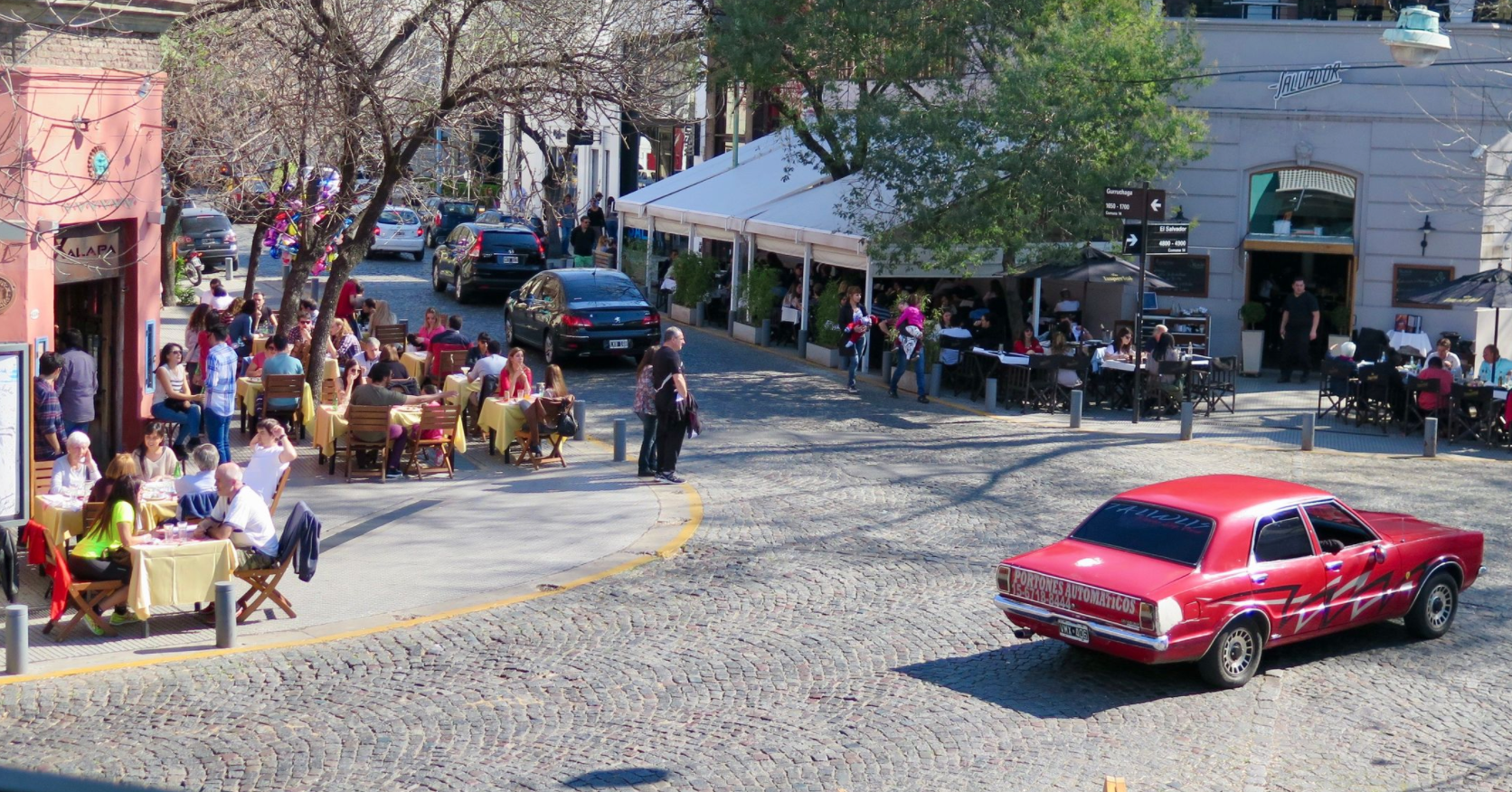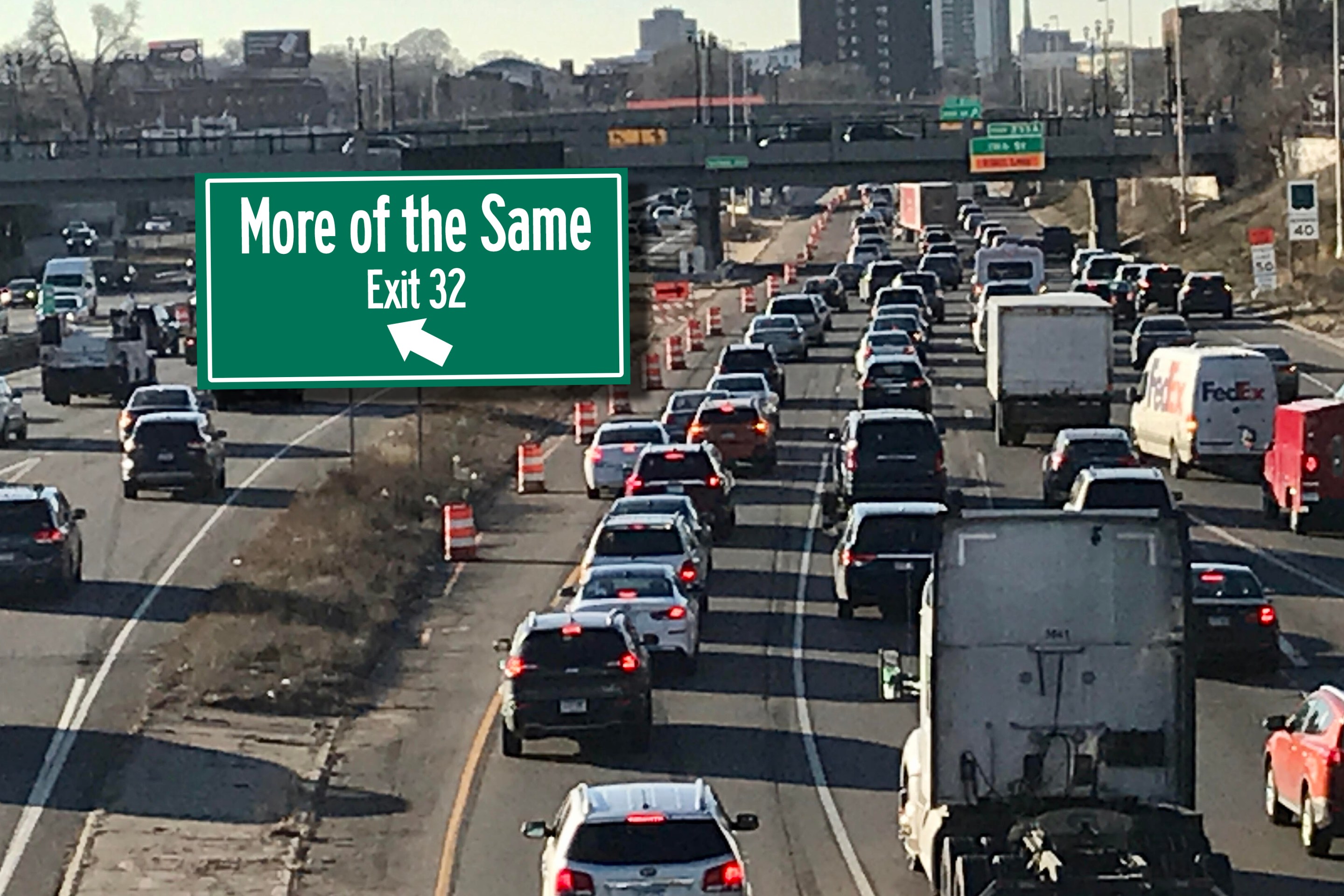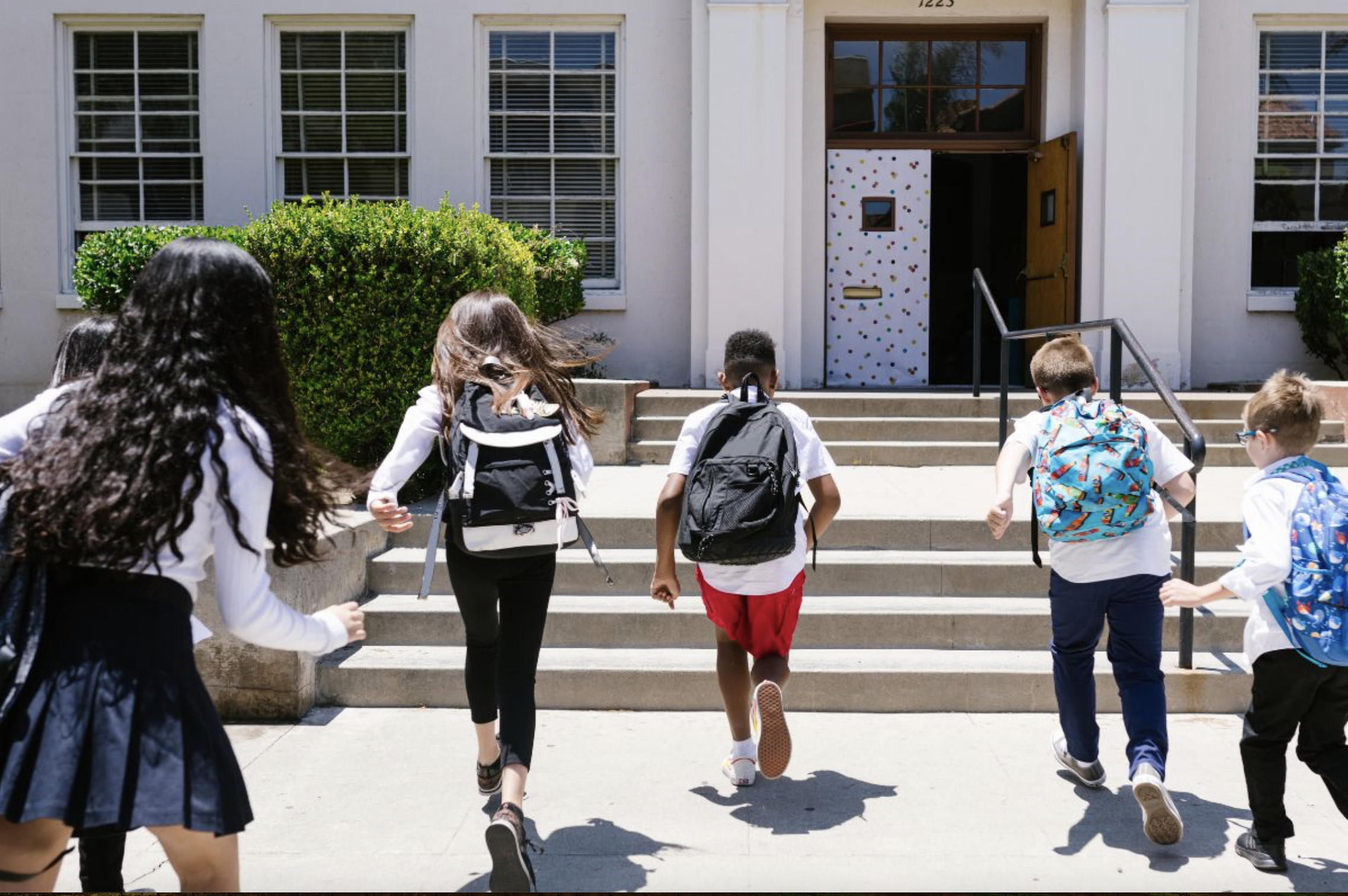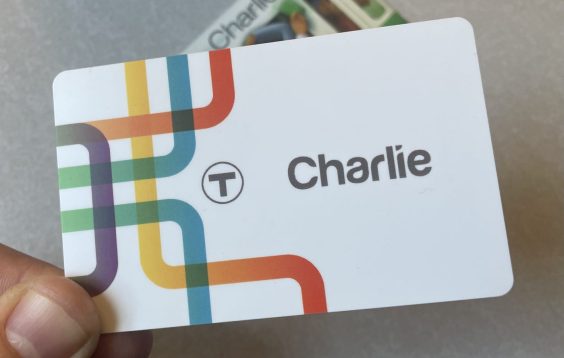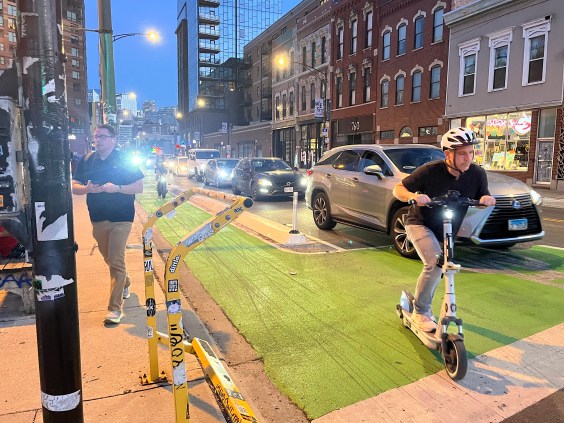Editor's note: A version of this article originally appeared on the Social Life Project and is republished with permission. Check out the original article for six city-specific case studies and more images of great street corners around the world.
Neighborhoods and city centers are often defined by their street corners, especially when these corners are social hubs.
The corners of intersections are places where people gather, sit, socialize, sip coffee, eat, drink, and are merry. They are among the most basic forms of public space, linking not only neighborhoods but also marking where people's paths naturally cross.
When these spaces are built to accommodate people instead of vehicles, you have the makings of a strong, interconnected community.
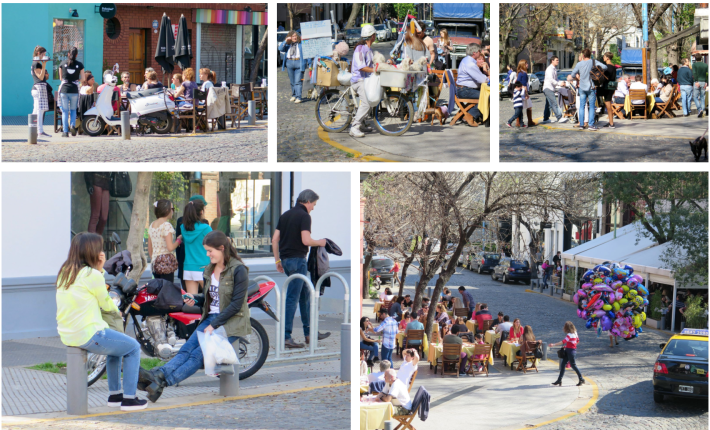
Buildings can also help make a corner feel more human centered. In fact, it’s no exaggeration to say that the buildings facing these corners make happy cities, as these photos from Buenos Aires, Paris, New Haven, Brisbane, Barcelona, and Istanbul prove.
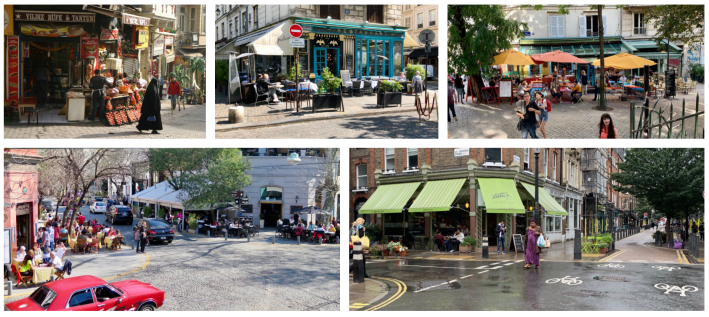
Why Social Life?
What we all seem to forget is that, as humans, we need to connect with people; especially our neighbors, family, and friends. That means that our best streets must also be social places where these connections happen, transcending their role as corridors of traffic.
We believe that it is the social life on our streets and sidewalks that matters most – much more than how many vehicles can move through our communities. In other words, it is more important that our streets make us feel welcome and safe — much more important than it is for them to provide space to vehicles.
Takeaways
A central challenge of making street intersections and sidewalk corners lively lies in the fact that all modes of transportation want their piece of the street — from cars to trucks, bikes and buses to scooters. That often means that to prioritize social life goes against the norm.
But by starting with people, everything gets turned upside-down — for the better.
Some of the most vital parts of our social lives play out on the streets of our communities. But this is only possible if we have safe and comfortable spaces there, in which to gather. A fundamental shift is imperative to make this possible, and for communities everywhere to thrive. Shifting the focus from vehicle movement to people and social life is a paradigm that we all need. And one thing we can say for certain is that there is a bright future ahead for communities that make that shift.
